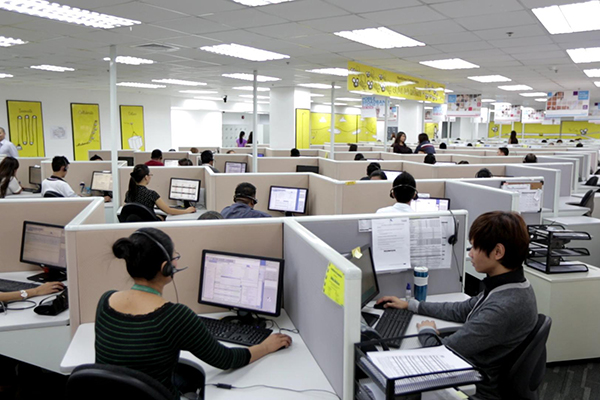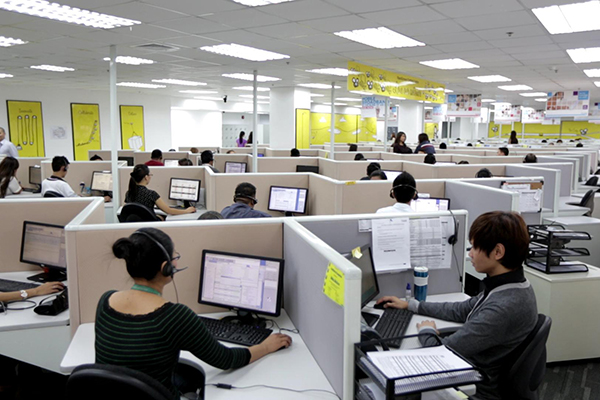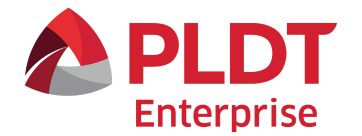BPOs diversifying growth to regions

Date:
August 4, 2016
THE country’s information technology and business process management (IT-BPM) industry, widely known as the business process outsourcing (BPO) sector, is diversifying its growth to the provinces toward 2022.
Benedict Hernandez, chairman of the Executive Committee of the IT and Business Process Association of the Philippines (iBPAP), told reporters after a briefing on Wednesday that the industry is targeting a 50-50 distribution of BPO companies within and outside the Metro Manila by 2020.
The current mix is 70 percent of BPO firms are based in the metro while only 30 percent are in the provinces.
“Half-half would be a good target,” Hernandez said.
Hernandez, who is also the president of the Contact Center Association of the Philippines (CCAP) or the group of call centers under iBPAP, said this will be a part of a working target under the IT-BPM Roadmap 2017 to 2022.
The roadmap is set to be completed and presented to the public on October 27.
“We’d like to sustain the good trend and the momentum,” the iBPAP chairman said.
He also said that the Philippines has “significant opportunity” to further grow in the next six years.
Frost & Sullivan, iBPAP’s partner in crafting the roadmap, found that the Philippine BPO sector is expanding “two to three times faster” than the 6 percent yearly industry growth globally.
This would mean that with sustained performance, the local BPO industry may likely grow between 12 percent and 18 percent yearly in the next six years.
Hernandez earlier said the robust Philippine BPO industry already takes up “nearly 10 percent” of the global outsourced work which is valued at $166 billion to date. This is expected to increase given the large growth opportunities presented by the global outsourcing market.
In the upcoming 11th International Contact Center Conference and Expo on September 27 and 28 which will be hosted by CCAP, the industry has invited more than 100 foreign investors that are keen about the Philippine IT-BPM industry.
Majority of the companies that will attend are from Europe and the US—two of the traditional markets of local outsourced work —while other new companies from South Africa, Indonesia, Bangladesh, and the Asia Pacific are also scouting for growth opportunities from the Philippine BPO industry.
“They are looking at infrastructure and connectivity here . . . but a lot are willing investors that would put up their own facilities. It’s a working formula for us . . . There’s a lot of interest in the Philippines and in our industry,” Hernandez said.
Hernandez said there is also a diversification trend in services to technical and non-voice from the dominant voice or call center businesses. CCAP handles the voice or the call center portion of the IT-BPM industry, which accounts for 80 percent to 90 percent of the total outsourcing services in the country.
With the move to knowledge-based and technical services, the share of the voice may be reduced to 67 percent as non-voice professional outsourcing services increase to 33 percent by 2022, he said.
Based on the previous 2010-2016 roadmap, the industry is targeting revenues of $25 billion —of which $16 billion is contributed by the call centers—and job generation of 1.3 million this year. As of end-2015, actual industry revenues amounted to nearly $22 billion while jobs created reached 1.1 million.
iBPAP has teamed up with growth solutions and strategies provider Frost & Sullivan in crafting the 2017-2022 roadmap and has partnered with 11 sponsors to fund the roadmap.
Aside from CCAP, iBPAP members include the Animation Council of the Philippines Inc. (ACPI), the Game Developers Association of the Philippines (GDAP), Global In-house Centers Council (GICC), the Healthcare Information Management Association of the Philippines (HIMAP), and the Philippine Software Industry Association (PSIA).
Source: http://goo.gl/fDecGD















